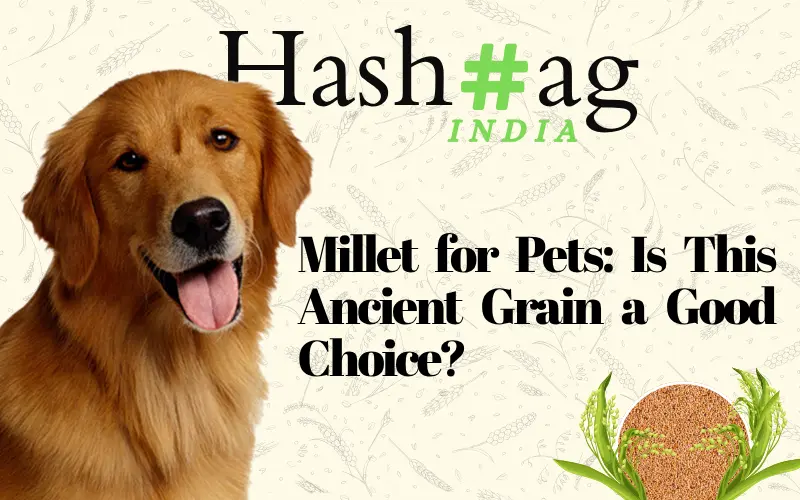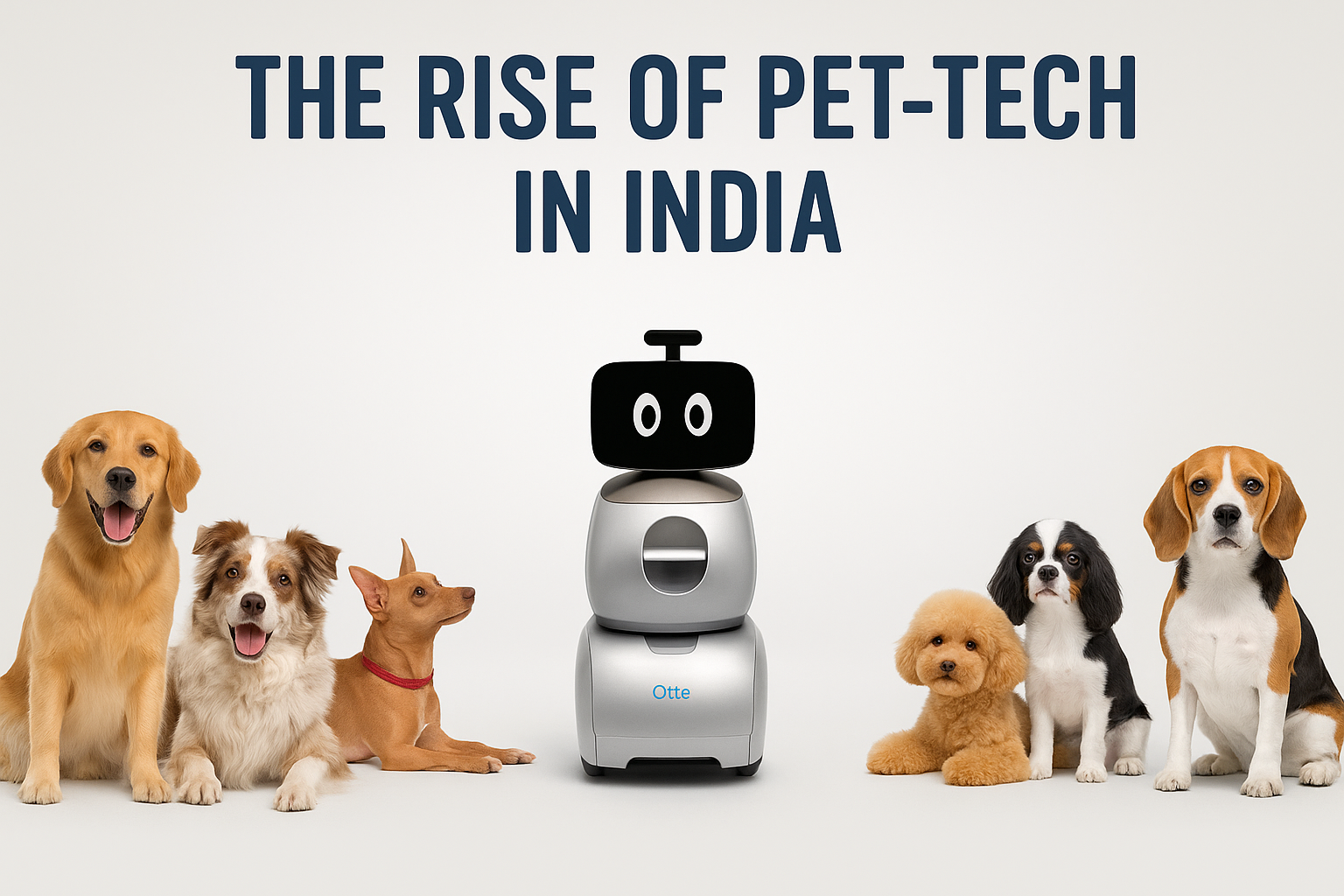Diwali is a festival of lights, joy, and togetherness but while we celebrate with crackers and festivities, our furry friends often experience stress, fear, and anxiety. Loud noises, bright flashes, and sudden bursts of sound can be overwhelming for pets, making it essential to plan and keep them safe. Here are some vet-approved tips and pet parent experiences to ensure your dogs and cats enjoy a stress-free Diwali. 5 Essential Diwali Safety Tips for Pets 1. Create a Safe Space Set up a cozy, quiet room with curtains drawn and familiar items like their bed, toys, and a water bowl. Playing soft, calming music or white noise can help mask the sound of crackers. 2. Use Distraction Techniques Engage your pets with games, new chew toys, or treat puzzles to keep them entertained. Keeping them occupied is a great way to reduce their attention to outside noises. 3. Desensitize Them to Noises Well before Diwali, play recordings of crackers at a low volume while rewarding them with treats. Gradually increase the sound over time to help them build tolerance. 4. Avoid Dressing Them Up Unnecessarily While festive outfits may look cute, some fabrics can cause discomfort or restrict movement in pets. Opt for breathable, lightweight, pet-safe accessories instead. 5. Consult Your Vet if Needed For pets with extreme anxiety, consult your veterinarian. They may suggest calming sprays, supplements, or other safe solutions. Pet Parents Share Their Diwali Safety Tips Deepika Malani & GoofyGoofy, 1-year-old Maltipoo “Keep your pet in a quiet, comfortable room with the curtains drawn and some soft music playing. It helps mask the sound of crackers and reduces their stress.” Kavita Rao with Max & TykeMax – Beagle, 5 years, Tyke – French Bulldog, 2 years “At least a week before the fireworks begin, I regularly play

































